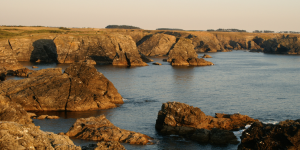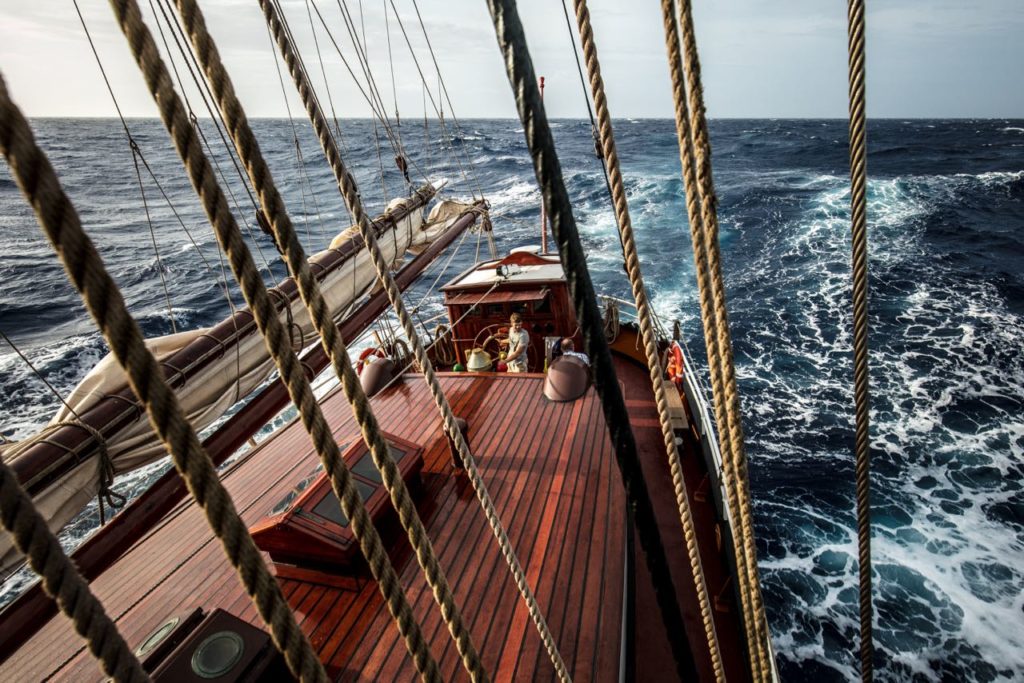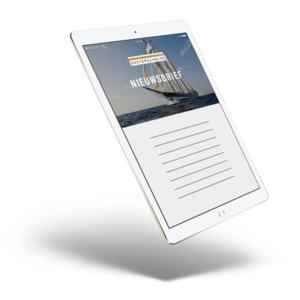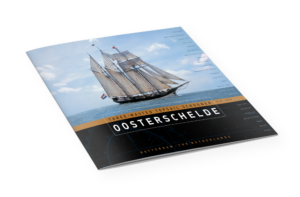20 Apr Sei whales
20 April 2023
News
The predicted easterly winds in the Biscay are still on the menu, so we are now happy that we have already gone a lot in that direction. We sailed as east as possible, with a varying angle to the swell and occasionally to the wind, to keep the course as good as possible.
Our plan was to dive into the north a bit before Finisterre, but a very small low-pressure area would be located just before the Galician coast. This made us decide to sail (under) there and with a bit of luck to catch the south-easterly and southerly winds. This turned out to be a very good decision, because today we came to the east side of this small depression. Just before we should enter the traffic separation zone of Finisterre, a gust of wind came up. So we quickly pulled up all the rigging so that we could sail through the inshore traffic zone. We had not thought beforehand that it would give such a nice breeze! And on top of that it was a beautiful sunny day!
Unfortunately, the wind has now died down again and we will head further northeast on the engine tonight. It is expected that the easterly wind will pick up sometime during the day and the sails can be hoisted again. When the wind turns east, we have an excellent starting position to sail to Ouessant and dive into the English Channel. So come on!
The fact that we had to do quite a bit on the engine in the past few days does not mean that we are bored. As mentioned earlier, guest Maarten had drawn up ten questions, which many guests and crew members have been working on fanatically.
Nature also cooperated: we spotted whales several times! The first time in a voyage is always the most special and they were right next to the ship. So we stopped the ship to view these magnificent marine mammals. The tricky thing is always to predict where they will come up again… Despite that (or partly because of that) we enjoyed them for at least an hour.
I also always find it difficult to identify the exact specie because they show very little of themselves. You have to determine it by spotting a piece of the head around the blowhole, and the dorsal fin. You also try to estimate the size of the animal. And with some species you can also read something from the syringe. We think we saw about six sei whales. Later we were able to spot sprays and here and there a dorsal fin a few times.
In addition, dolphins swim back and forth, we see many Portuguese warships, there are many bioluminescent organisms in the water, we have ‘caught’ salps in a bucket and we also see the storm petrels and gannets doing their best to fish together for a meal.







